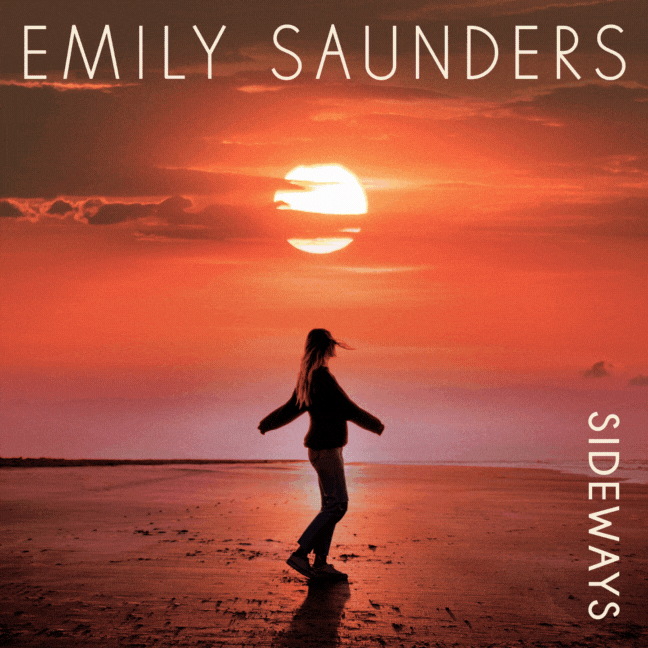 |
| Daniel Erdmann’s Velvet Revolution |
Jazz & the City Festival, Salzburg.
(Round-up Part One, 25-27 October 2017. Review and photos by Alison Bentley)
Salzburg has quite a musical heritage. A five-minute stroll through the centre meandered through Mozartplatz, Herbert von Karajan Platz, and past a statue of Papageno with his Magic Flute. Where would this ‘Festival for Jazz, World and Electronic Music’ fit in, with its 100 free concerts over 5 days? “Not many jazz clubs celebrate the past and future at the same time,” Robert Glasper once said, but Jazz & the City, now in its 18th year, seemed to do just that.
The Berlin-based Andromeda Mega Express Orchestra opened the Festival in the large venue Republic, its 18 musicians showcasing music from their new album Vula. Saxophonist Daniel Glatzel leads the orchestra and writes most of the extraordinarily eclectic music. From the start, swooning Debussy-isms merged into Stravinsky-esque rhythms with many of the anarchic latin grooves of Hermeto Pascoal. (They’ve worked with him, and Glatzel has arranged some of his music.) Violinist Grégoire Simon even played a few bars of Mozart before a spacey, slow bolero, with sliding strings. Another piece seemed to bring together Supertramp keyboards and Thrust-era Herbie Hancock. Mimetic sounds conjured a city scene, in the style of Ellington’s Harlem, where Fabiana Striffler’s gypsy-toned, improvised violin cadenza stood out. A quirkily complex piece in 11/8 recalled some of Django Bates’ writing, with a darkly funky bari solo from Johannes Schleiermacher. A powerful start to the festival.
 |
| Kalle Kalima and Hayden Chisholm |
The ‘Open the Box’ events (Künstlerhaus) were very different. Artists’ studios were open to the public. “There will be music if it happens,” said artist Peter Haas, enigmatically. Initially nervous, visitors walked into his studio to improvise – some with his array of ‘percussion’ instruments; some drawing freely. Across the river in the fictional ‘Chelsea Hotel’, the public became part of an experimental installation just by being there. People peered through the beaded curtain at the entrance to a tiny upstairs room, where Finnish guitarist Kalle Kalima and New Zealand saxophonist Hayden Chisholm were playing their original music. It was as if we were eavesdropping on their living room, the sax’s soft, wide vibrato working brilliantly with the guitar’s spiky richness.
 |
| Volker Goetze’s Quintet |
In the theatre of the Markussal-Yoco centre, Volker Goetze’s Quintet was engaging with a different kind of tradition. German-born trumpeter Goetze has directed a film (Griot) about Senagal-born kora player Ali Boulo Santo Cissoko, who brought his special West African sound to this jazz funk-fusion. Driven by New Yorkers Dan Pappalardo (bass subtones) and Mario Layne Fabrizio (ferocious but subtle drumming), the kora’s rippling patterns influenced trumpet, sax (Christian Torkewitz) and keyboard (Matt Malanowski) improvisation beautifully. The subterranean Mozartkino cinema dates from 1905, and has a trompe l’oeil elegance. The next day, the band, minus kora and keyboard, were there reprising Goetze’s Secret Island project. They played musical illustrations to Sam Samore’s images, photographed on Staten island, and projected onscreen behind. The writing was complex, dark, urban and thrillingly virtuosic. The horns moved in and out of focus like the close-up images of Indian statuary, or ancient fossils. (Mastodon Americanum: Giants on Staten Island.)
Three very different trios seemed to be developing their own traditions and distinctive sounds. There was a feeling at the festival of sampling different gigs; if one was full there were others in walking distance, and the programme could change unexpectedly (this time thanks to Air Berlin). It was all very jazz, but meant I only caught the end of Daniel Erdmann´s Velvet Revolution’s set in Markussal-Yoco. A Pair of Lost Kites Hurrying Towards Heaven, from their new album, opened with Théo Ceccaldi’s flamboyant reggae grooves on violin, which passed to UK vibes player Jim Hart, as Erdmann’s rich sax tone picked up the theme. The audience loved their virtuosic aural humour.
The much-lauded German-based Tingvall Trio filled the large Republic stage with their characteristic mix: classical themes and Swedish folk (pianist Martin Tingvall), heavy rock (drummer Jürgen Spiegel loves AC/DC’s drummer as much as Tony Williams), and latin jazz. (Bassist Omar Rodriguez Calvo is from Cuba). Bland Molnen (Among the Clouds) had a crescendoing rock groove, with a McCoy Tyner feel. Another piece received huge applause for the sinuous bass solo. There seemed to be more soloing than when I first heard them in London five years ago – the piano in particular was full of a Jarrett-like fluidity and powerful bluesiness. Their ‘hit’, Vagen, had a ringing intensity and dramatic dynamics.
 |
| Mario Rom’s Interzone |
In contrast, Vienna-based trio Mario Rom’s Interzone had no chordal instrument. Their music, mostly from their new album Truth is Simple to Consume, was rooted in the blues tradition, but incorporating more modern influences with elemental energy. From driving swing to techno and Electronic Dance Music (Herbert Pirker’s intriguing drumming in Choose Your Vision), Mario Rom’s trumpet had a wide emotional range. Sometimes it took you by surprise with its keening impact. At other times it was growly and bluesy (Hans). The strength of Lukas Kranzelbinder’s bass kept a taut groove which allowed Pinker a lot of freedom. Sometimes the jazz was free, recalling Ornette Coleman/Don Cherry. They held the audience’s attention with hooks that drew you in with their energy, and the subtlety of their reactions to each other.
Mario Rom’s Interzone are at London’s Vortex on Friday 17 November.
Categories: miscellaneous











Recent Comments